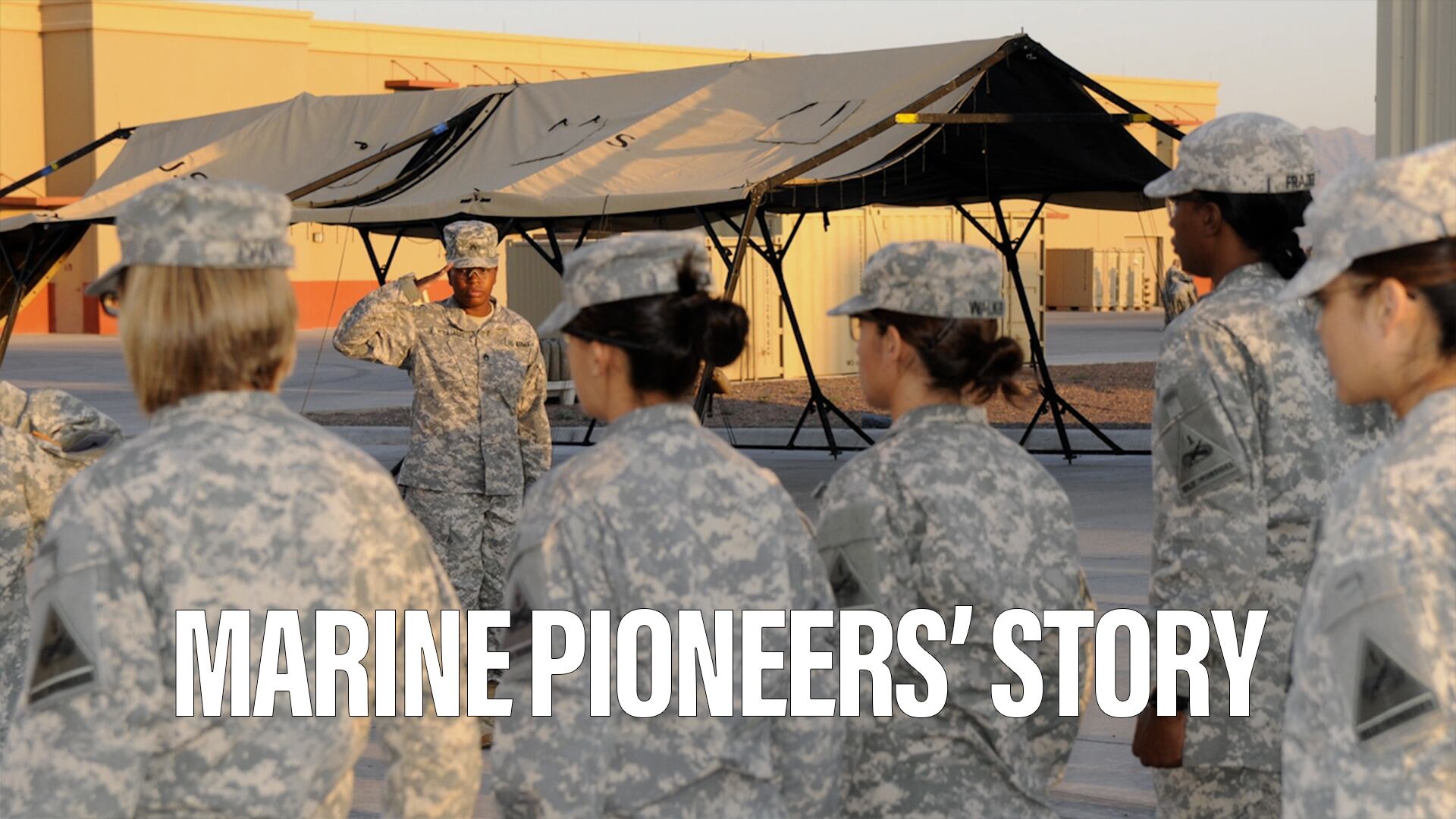Following the rise of extreme weather events across the country, the Army is focusing on how to proactively defend one of its most critical resources — water.
At the annual Association of the U.S. Army conference, service leadership discussed their ongoing strategy to conserve water, protect against droughts and respond to extreme weather events.
“Water security is under increasing threat worldwide, facing stressors that range from poor management, to the effects of climate change,” said Rachel Jacobson, the Army’s assistant secretary for installations, energy and the environment. “In sum, the Army is adopting strategies to improve water installation resilience through conserving water, implementing alternative water projects and returning water back to sources through storm water and ground water management.”
According to leaders on the panel, severe drought conditions out West, massive flooding events like hurricanes Fiona and Ian and the clean water crisis in Jackson, Mississippi, help frame how critical the service sees the need to make progress on this issue.
The conversation on water resilience also comes in the midst of ongoing drinking water concerns for military families in Hawaii.
Water crises could also impact how the Army conducts overseas missions. Army units in Iraq and Afghanistan depended on bottled water, local wells and reverse osmosis water purification units, but that’s not always going to be available thanks to salt water intrusion into coastal areas and changing weather patterns, according to an Army War College study from 2019.
“Additionally, warmer weather increases hydration requirements,” the study reads. “This means that in expeditionary warfare, the Army will need to supply itself with more water. This significant logistical burden will be exacerbated on a future battlefield that requires constant movement due to the ubiquity of adversarial sensors and their deep strike capabilities.”
Back in December 2020, the Army released a strategic plan on overseeing the resiliency and affordability of energy and water at its installations.
“Energy and water resilience, efficiency, and affordability impact all Army missions. To maintain the Army’s contributions to national security, significant amounts of energy and water are required at our installations,” the plan says.
The branch’s recent climate strategy also discusses how the Army is responding to water-related issues.
“As the Army optimizes the use of fuel, water, electricity, and other resources, we increase our resilience while saving taxpayer dollars and reducing our impact on the planet,” reads the Army’s Climate Strategy, which was released early this year. “The Army will mitigate and adapt to climate change, and in doing so gain a strategic advantage.”
Joining Jacobson on the AUSA panel, Lt. Gen. Omar Jones IV, who helms Installation Management Command, reemphasized how the Army is already working to honor its water objectives.
For example, he said, the Army is now tackling projects to conserve potable water at both Fort Carson, Colorado, and Aberdeen Proving Ground, Maryland, as well as fixing infrastructure at Redstone Arsenal, Alabama, to prevent leaks.
Following a requirement from Congress’ fiscal year 2021 defense budget bill, the Army Corps of Engineers was tasked with evaluating the risks to water management at each Army base. That risk is currently being assessed at 26 installations.
Michael Connor, the Army’s assistant secretary for civil works, echoed calls to reevaluate and update the Army’s water resource infrastructure across the country.
“We are in unprecedented times in water resource management. The extremes are now the rule. They are no longer the exceptions,” Connor said.
Jonathan is a staff writer and editor of the Early Bird Brief newsletter for Military Times. Follow him on Twitter @lehrfeld_media








